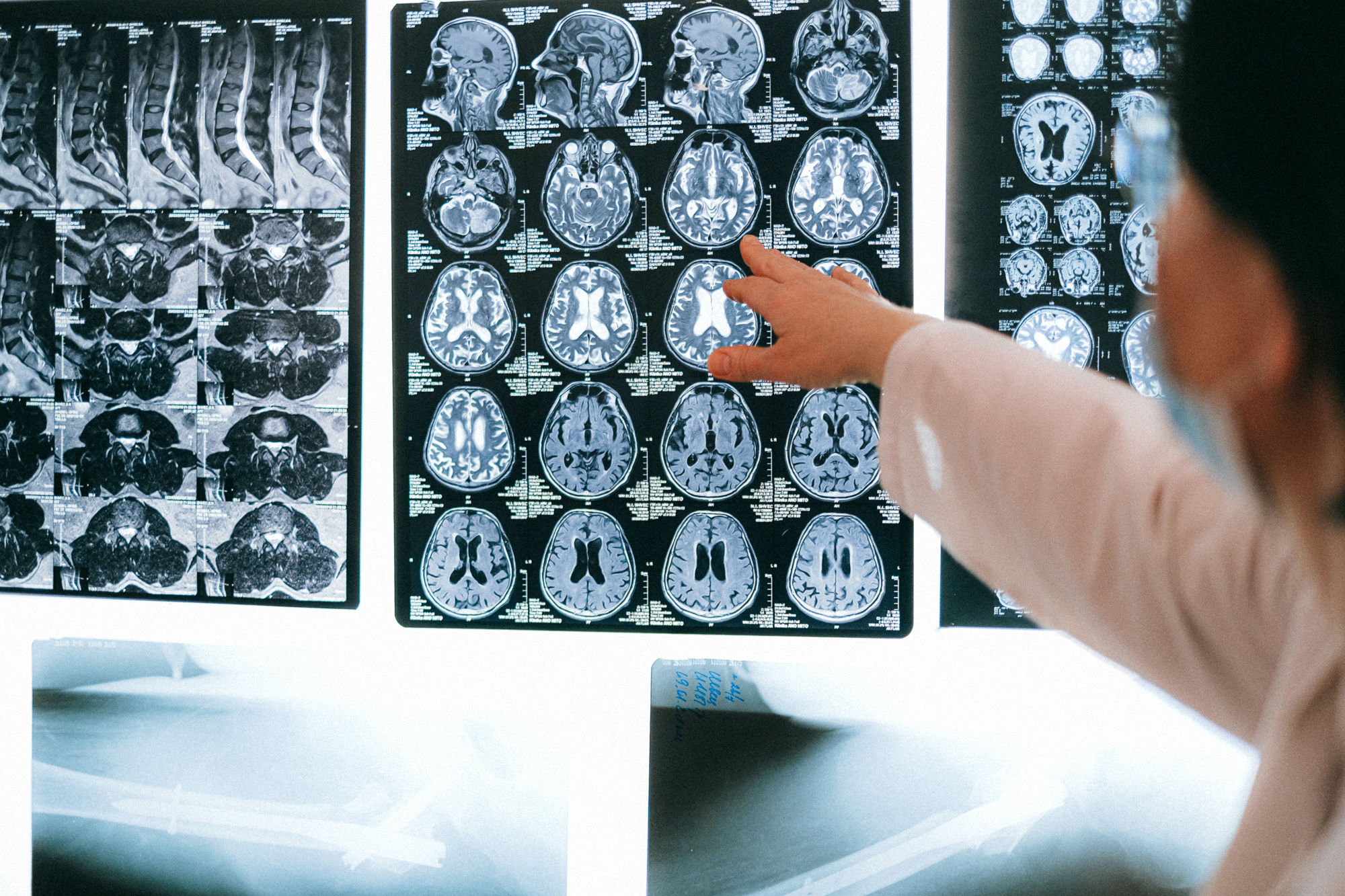 Health & Physiology
Health & Physiology
An artificial intelligence platform accurately diagnoses dystonia
Dystonia is a debilitating neurological disorder that severely impacts patient’s quality of life. Its diagnosis is challenging partly due to the absence of a measurable indicator. Some patients may go undiagnosed for up to 10 years. We show that artificial intelligence can identify changes in the brain and provide an objective and accurate diagnosis of dystonia in less than a second.

Imagine waking up one day and noticing your voice has frequent breaks. Alarmed, you go to see your primary care physician and start a long journey of medical exams, visits with different specialists, and different assessments of your symptoms. Finally, you are diagnosed with laryngeal dystonia, but almost six years have passed since your first symptoms.
Dystonia is a disorder that leads to involuntary muscle spasms and abnormal movements and posture. Currently, there is no measurable indicator ("biomarker") of the presence of this disorder. This results in doctors often disagreeing with each other about the diagnosis of dystonia and patients having to wait several years (average of 5.5 years for laryngeal dystonia and 10 years for other forms of dystonia) to receive an accurate diagnosis.
Dystonia is a neurological disorder, therefore brain organization of a patient with dystonia differs from that of a healthy individual. Over the past decade, researchers used magnetic resonance imaging (MRI) to take "pictures" of the brain of dystonia patients under different conditions. Through statistical analysis, they determined several abnormalities in brain structure and activity that may be relevant to dystonia. However, the biomarker of dystonia remained unidentified, reducing the impact of this research in the clinical care of dystonia patients. Perhaps a computer could better analyze these brain pictures and determine a biomarker for dystonia?
To answer this question, we collected brain MRIs of over 350 patients with dystonia, as well as over 1500 of healthy individuals. We developed an artificial intelligence – DystoniaNet – that uses advanced machine learning and mathematical techniques to magnify the MRI data. It automatically discovered subtle differences in brain structure of patients with dystonia compared to healthy individuals, which constituted a biomarker for dystonia diagnosis. We also built into DystoniaNet an assessment of the diagnostic confidence to automatically refer uncertain cases for further examinations rather than outputting a diagnosis that may be prone to errors. DystoniaNet was tested in diagnosing three different forms of this disorder: laryngeal dystonia, cervical dystonia, and blepharospasm. Their diagnosis was not provided to DystoniaNet to keep the algorithm unbiased.
DystoniaNet accurately diagnosed dystonia in 98.8% of the patients, referring only 3.5% to further examination. Similarly, 96.9% of healthy subjects were correctly classified by DystoniaNet, while referring 2.6% of cases for additional evaluation. DystoniaNet made its neural biomarker-based diagnosis in a fraction of a second (0.36 second, on average). Brain changes that DystoniaNet used for diagnosing dystonia included areas that have been previously reported to be abnormal across different forms of the disorder. DystoniaNet was successful in identifying these areas automatically from brain MRIs, without prior input.
Artificial intelligence systems for critical decisions need to be able to explain why they made a certain choice, especially in a medical context. In this regard, the DystoniaNet diagnosis was objective, accurate, fast, interpretable, and generalizable across different forms of dystonia.
We envision DystoniaNet to be implemented in the clinics as a web-based platform, where the clinician uploads the MRI of a patient and receives an immediate diagnosis. To achieve this goal, additional studies are ongoing to validate DystoniaNet in even larger patient cohorts, with MRI data collected at different clinics. Also in works are extensions to DystoniaNet that will be able to distinguish dystonia from other neurological and non-neurological conditions that often mimic it and contribute to diagnostic uncertainties. Together with clinical evaluation, DystoniaNet would provide a comprehensive, biomarker-based platform that would significantly reduce the rate of misdiagnosis and delayed clinical outcomes. Importantly, timely and accurate diagnosis of dystonia would allow timely treatment and improved prognosis in these patients.
Original Article:
Valeriani, D. & Simonyan, K. A microstructural neural network biomarker for dystonia diagnosis identified by a DystoniaNet deep learning platform. Proc. Natl. Acad. Sci. 117, 26398 LP - 26405 (2020).
Edited by:
Olivier Kirchhoffer , Senior Scientific Editor
We thought you might like
When One Disaster Follows Another
Sep 14, 2022 in Earth & Space | 3.5 min read by Gary Machlis , Steward PickettThe Impact of SARS-CoV-2 on the Brain: It Is All in Your Head
Feb 15, 2023 in Neurobiology | 3.5 min read by Meredith G. Mayer , Tracy FischerIce production on the hottest planet in our solar system
May 28, 2021 in Earth & Space | 4 min read by Brant M. Jones , Menelaos Sarantos , Thomas M. OrlandoPlants have deep roots in time
Dec 6, 2017 in Evolution & Behaviour | 3.5 min read by Stefan BengtsonMore from Health & Physiology
Tobacco smoking and other exposures shut off cancer-fighting genes
Aug 31, 2024 in Health & Physiology | 3 min read by Jüri Reimand , Nina AdlerA hidden clock that times cytoplasmic divisions
Aug 30, 2024 in Health & Physiology | 3 min read by Cindy OwWhen two kinases go for a dance
Aug 2, 2024 in Health & Physiology | 4 min read by Ioannis Galdadas , Francesco Luigi Gervasio , Pauline JuyouxAwakening the thymus to cure SARS-CoV-2 infection: a matter of genes
Jul 27, 2024 in Health & Physiology | 3.5 min read by Stefano Marullo , Cheynier RemiKeeping the balance: How epigenetics monitors cancer genes
May 13, 2024 in Health & Physiology | 4 min read by Zach Gray , Madison Honer , Johnathan WhetstineEditor's picks
Trending now
Popular topics


